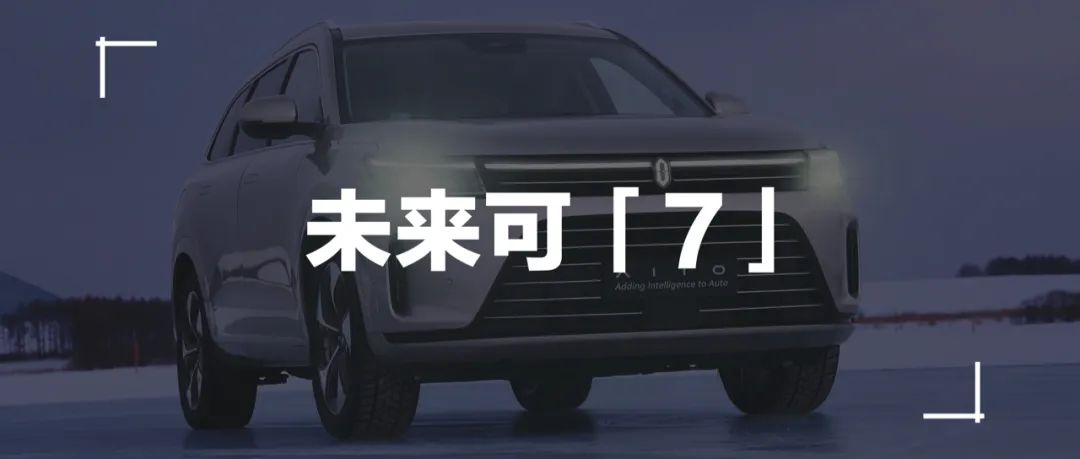Cross-border Vehicle Production, Huawei’s Terrifying Edge Emerges
Author: Deep Alley
- Over 20,000 orders broke within 4 hours
- Over 50,000 orders broke within 48 hours
- Over 60,000 orders broke within 72 hours
These are the choices consumers made with deposits of 1000 yuan each after WENJIE M7 announced its price.
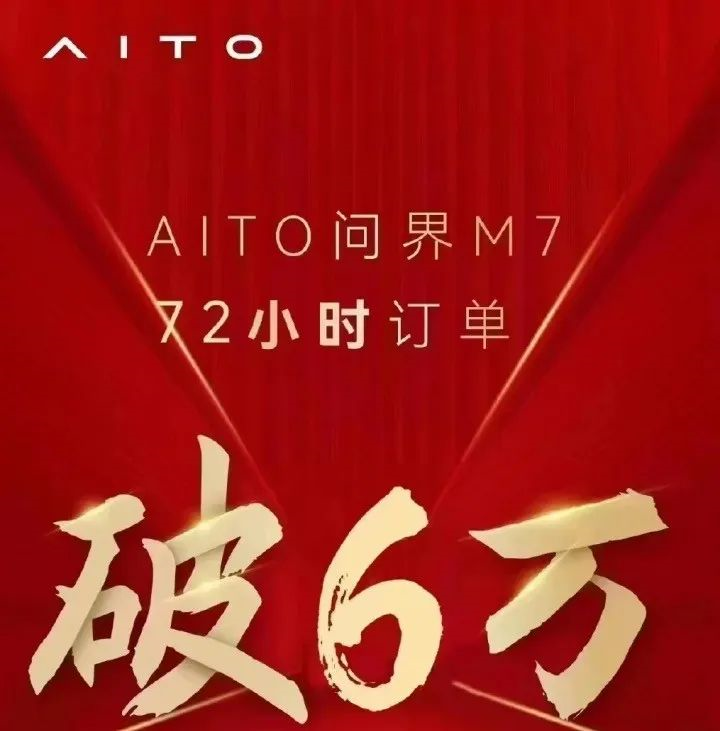
If these orders are spread over a 6-month delivery period, WENJIE M7 could single-handedly claim the head of the new force in vehicle production, despite being a brand less than two years old.
Therefore, the question of whether WENJIE M7 can really become a top seller is already irrelevant. Regarding the understanding of the car production industry behind the product, Huawei’s knowledge may reshape the structure of the industry’s leading camp.
Buying a zero-gravity seat equals purchasing a car?
From the name, M7 is undoubtedly a more advanced big brother than M5, and its size and price also prove it. However, like the previously released Ideal L9, the big brother must surpass the sales of the younger siblings that should have been the top-selling models, and allow more people to spend more money. This counter-intuitive thinking speaks to the value orientation of consumer upgrading.
After all, once the price reaches a high level, there must be personality needs to satisfy apart from the rigorous needs measured by reason. The success of Ideal L9 is not only due to its comprehensive space, performance, endurance, and intelligence, but it also creates a “depressed space” that can play games, drink cold drinks and watch movies, bringing men a gentle paradise that their wives could think of.
Looking at WENJIE M7, how does it stack up?
Since it is positioned as a medium-to-large SUV, WENJIE M7 naturally cannot lose to other vehicles in terms of numbers.
At 5020/1945/1775 mm, its dimensions are relatively large for a medium-to-large SUV. Thanks to the transverse front-drive platform that reduces the “shared area”, WENJIE M7 has a passenger cabin length of 2605 mm, and a layout that seats six, making it suitable for multi-generational family travel.
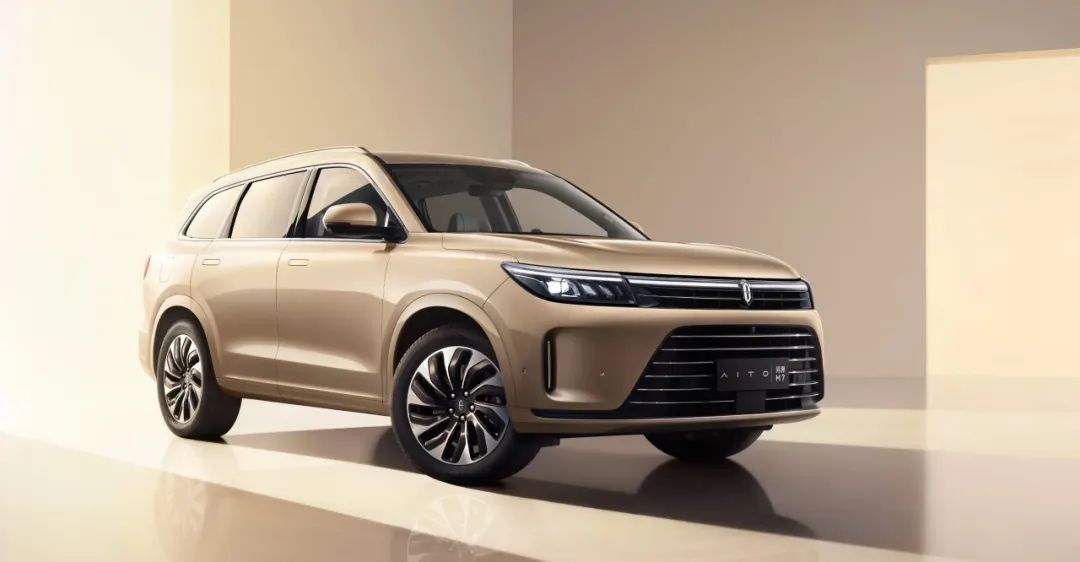
In terms of performance, WENJIE M7 offers two versions: rear-wheel drive and four-wheel drive, with acceleration times of 4.8s and 7.8s respectively, and electric fuel consumption of 5.8L and 6.3L per hundred kilometers.
What’s even more impressive is its endurance performance. Even the dual-motor four-wheel-drive model with the highest power consumption has a pure electric endurance of up to 165km under WLTC testing, and a mileage of no less than 1000km when fully charged and fueled.
Its intelligent features go without saying, as the terrifying power of the HarmonyOS intelligent cockpit has already been fully demonstrated on the WENJIE M5. There’s no doubt that the word “HarmonyOS” is the hero behind the success rate of the WENJIE models.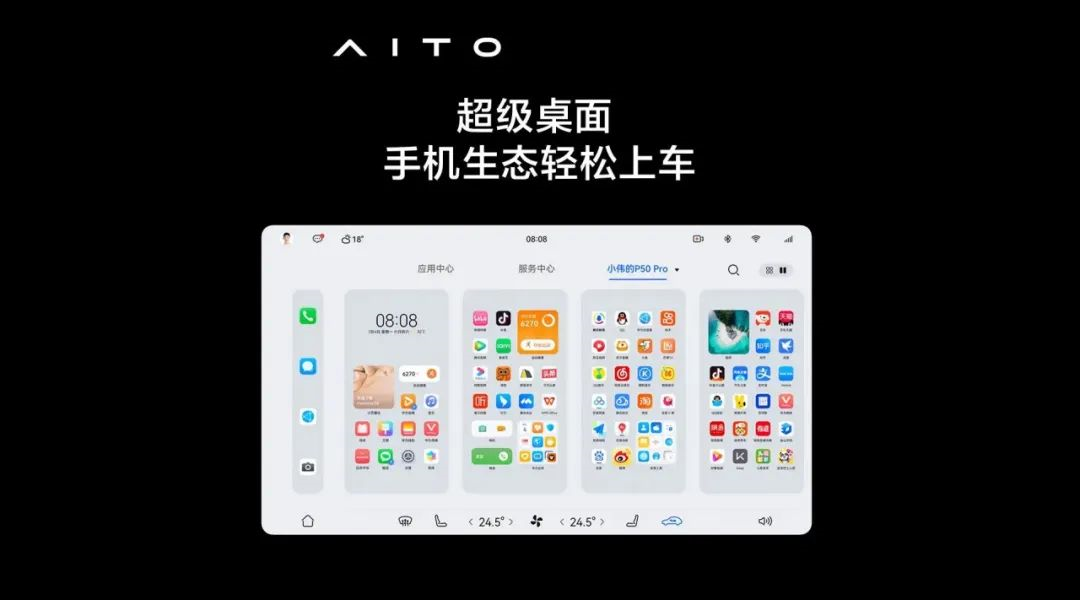
The newly added Superdesktop feature of Wanjie M7 fully integrates the hardware of mobile phones and car machines, allowing them to call each other’s built-in application functions directly without the need for system adaptation required for screen casting. With this 15.6-inch 2K HDR central control screen, users can also experience the split-screen operation brought by Huawei’s tablet “Parallel Horizon”, making the scene of using mobile applications far ahead of CarPlay.
As a smart new energy vehicle, Wanjie M7 achieved good results on the mandatory tasks. However, when it comes to optional tasks, Wanjie M7 is determined to focus on the seats.
With so many luxury cars on the market, Yu Chengdong wants Wanjie M7 to stand toe-to-toe with Toyota Alphard and Lexus LM. The spacious space provided plenty of room for Wanjie M7 to work on the car part that has the longest contact time with the human body and the closest relationship, namely the seat.
In terms of functions, the front two rows of seats in Wanjie M7 are equipped with multiple electric adjustments, seat ventilation, heating, massage, and other functions, which are sufficient for most people but nothing special. However, Wanjie M7 is equipped with the industry’s first commercial zero-gravity seat in the “boss seat” on the right side of the second row.
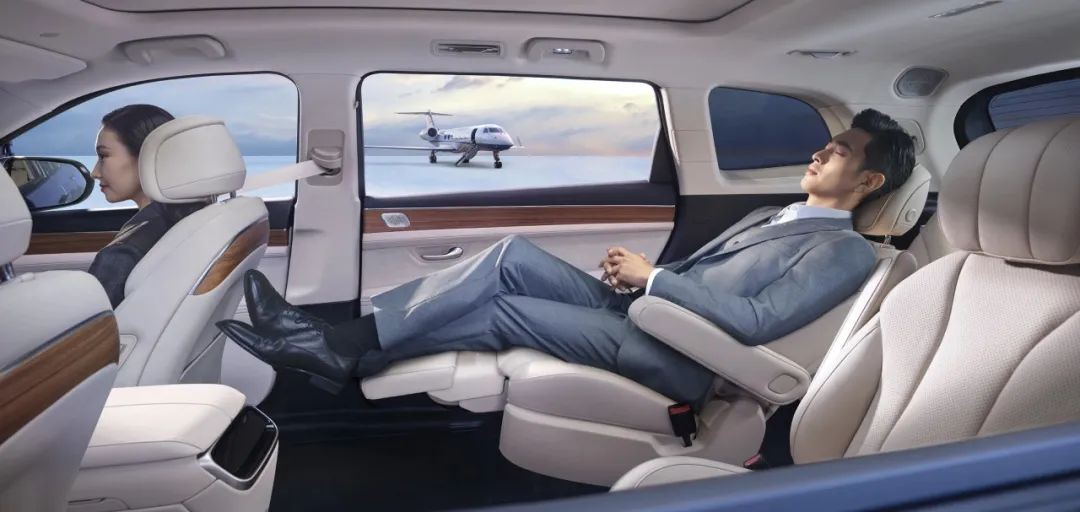
Compared with the flat-laid posture achieved by flattening the backrest and raising the leg rest, the three-axis six-motor drive system of this zero-gravity seat built into the Wanjie M7 can move inward to avoid the rear wheel arch when in the reclining position. The inclination adjustment mechanism between the front end of the seat slide rail and the bottom plate can tip the seat back and raise it by 30°, thus creating a 113° lying flat experience.
According to Huawei’s official statement, when the legs are raised, the knees and heart are at the same level, which is called the “blood circulation pressure line.”
This “zero-gravity” is based on the most suitable comfort curve for the human body, with the average pressure on the back, hips, and legs decreasing significantly, thus minimizing the pressure on the human body’s blood circulation.
With such professional language, I seriously suspect that Yu Chengdong has borrowed heavily from Huawei’s sports and health business.
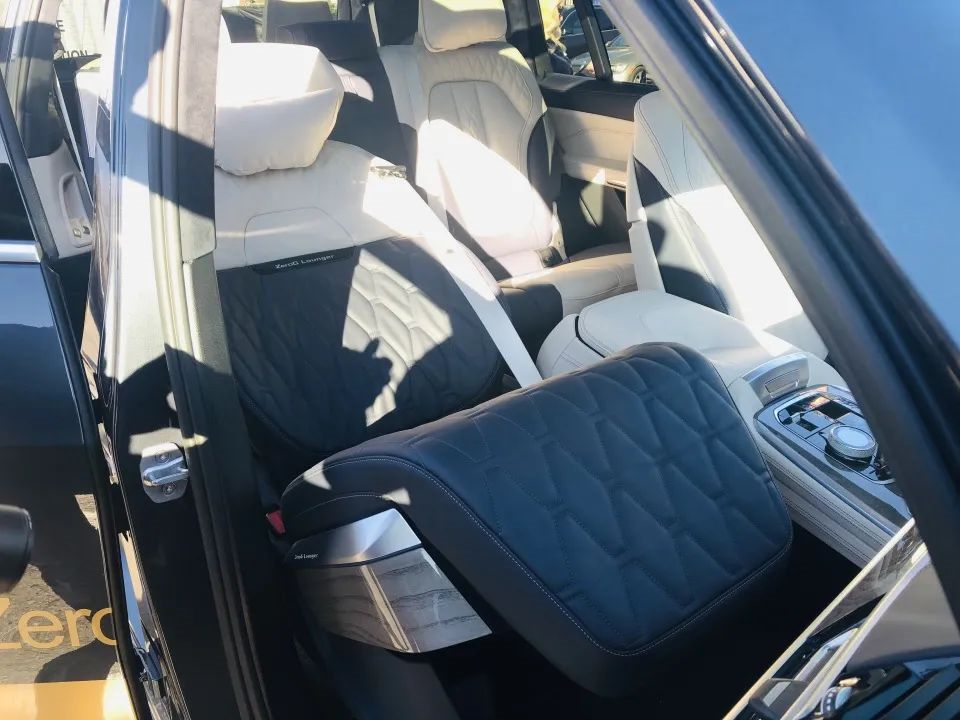
Interestingly, a similar seat concept was proposed by BMW at CES two and a half years ago. The ZeroG Lounger zero-gravity seat not only has an embracing dual-piece backrest structure but also can tilt the seat back 40° or 60° as a whole.
Even more interestingly, the concept seat is paired with the car model mentioned by Yu Chengdong — BMW X7.Enemies often see things similarly.
Look at Performance, Not Bloodlines
New car models from new brands in China are bound to undergo criticism from the “find your father” party in the public opinion. However, few cars can attract as many “find your father” comments across various platforms as the Wanjie M7.
According to them, whether it is the body seam, the tailgate opening, the front axle track or the headlight shape, all prove that the Wanjie M7 is just a reskinned version of the Dongfeng Fengguang ix7. And the latter is priced at only half of the Wanjie M7, followed by the criticism of its parentage and cost-effectiveness, and the seemingly rational but actually untenable “bloodline theory.”
As we all know, the Wanjie M5 was developed based on the Sailesi SF5, and the latter’s driving orientation destined it to attract the crowd of performance car enthusiasts, so you can see obvious imprints of the front rear-wheel-drive fuel vehicle in its chassis structure.
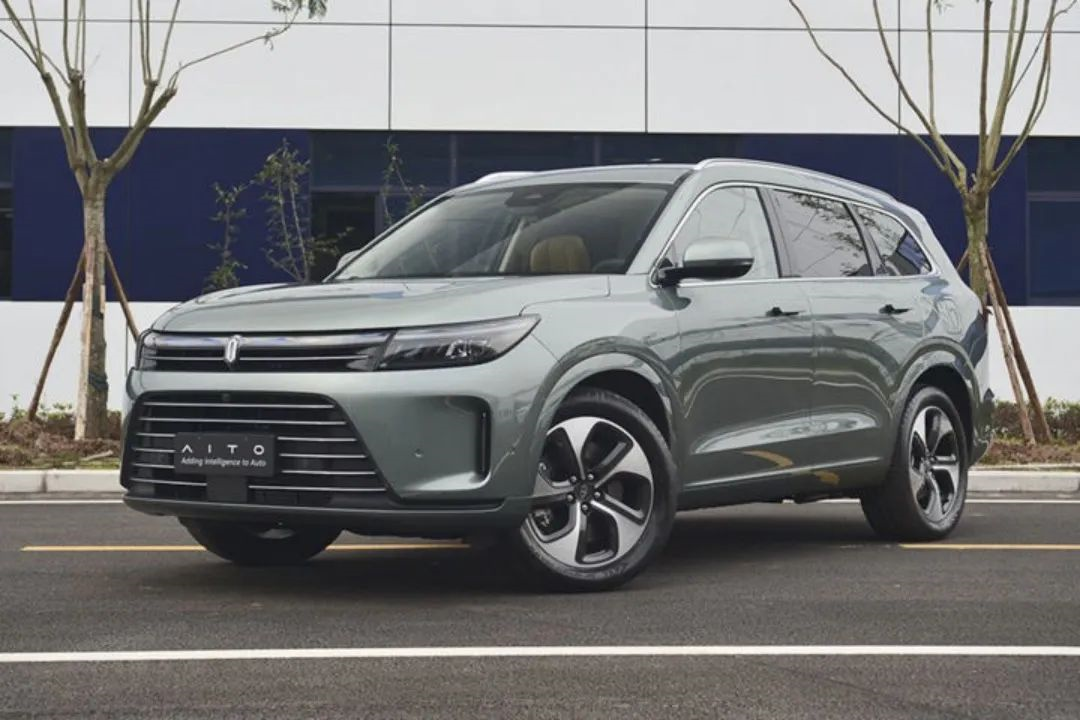
As a family SUV with a three-row seat, the Wanjie M7 has obvious practicality as a higher priority. The R&D team turned their attention to the Fengguang ix7, which had a large enough size, spacious space and good basic bearing capacity, which was a reasonable choice.
It needs to be recognized that for Wanjie, which has not cooperated with Sailesi for less than two years, it really cannot take much advantage of the “bloodline theory”. However, if you want to quickly launch products and achieve catch-up from behind, it is almost impossible to start from scratch with positive R&D from 0. Besides, many “all-new generations” on the market cannot be separated from the mechanical basis of their previous models if you want to explore their essence. In my opinion, criticizing Wanjie in this way is too harsh.
The fleeting market opportunities and the positive R&D from 0 to 1, Huawei can only choose the former.
But this does not mean that the latter has achieved nothing. The core technology of Sailesi helped Huawei to accumulate the underlying technology in the development of cars, and there is no need to “reinvent the wheel”.
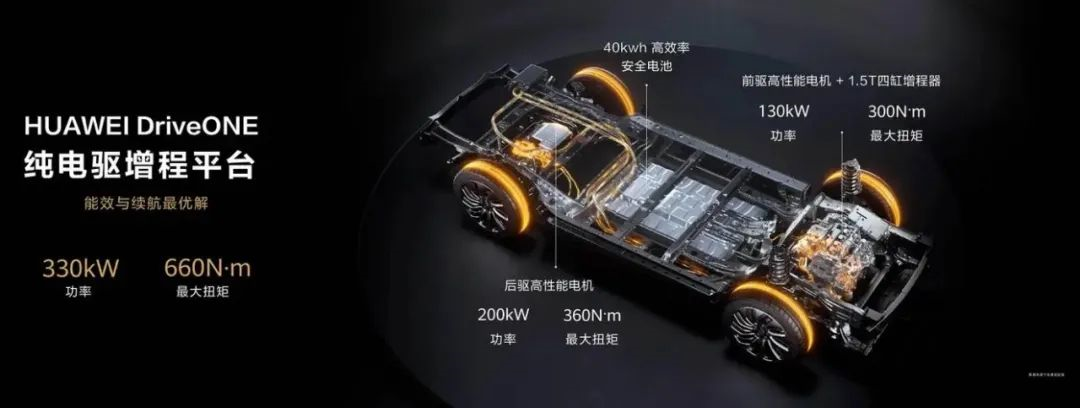
Excluding the emotionally-negative “find your father” party, the essence is still the decades-long “structuralism” fallacy.
In the era of fuel vehicles, this fallacy was more focused on suspension form, engine technology, and gearbox form, etc. By using some simple technical terms, it simply and rudely divided some car models into good and bad, advanced and backward, and worth buying and not worth buying.
Admittedly, most consumers are accustomed to using one-to-one linear thinking to simplify the complicated process of buying a car. However, the final result is often not as satisfactory as expected. Any technology has its own contradictions, advantages and disadvantages. Judging its advancement or backwardness in a one-sided way is only an abstract intuitive judgment, which is not conducive to making rational consumption choices in the end.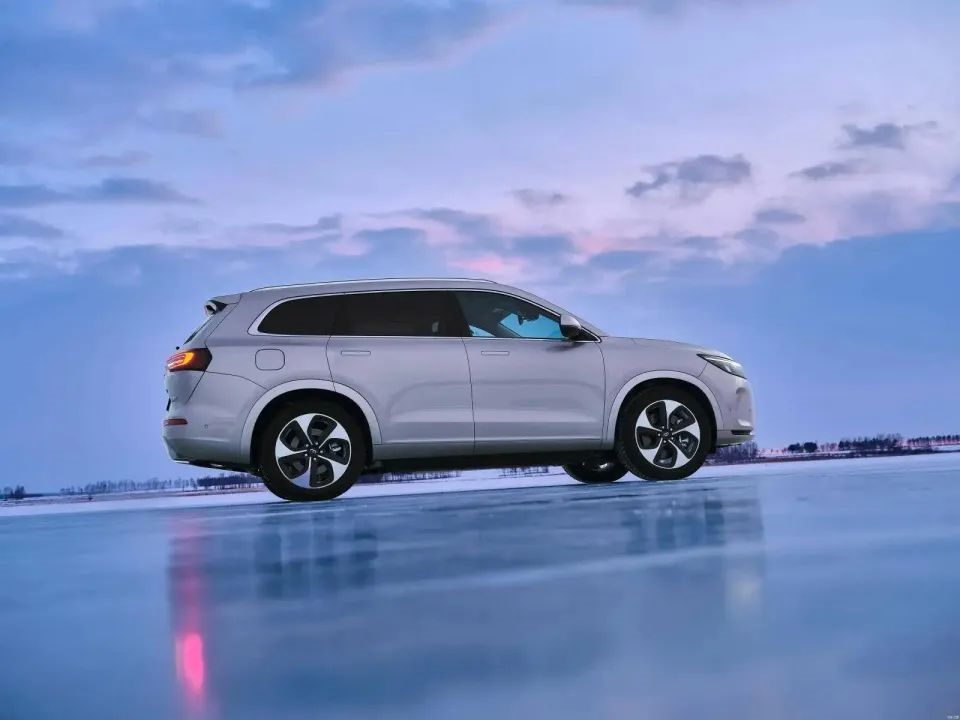
Compared with the well-established discipline of mechanical structure, product experience also relies on many aspects of “mysterious” factors, such as the suspension texture tuning, NVH optimization, and steering feel, which cannot be clearly expressed by data. The only way to achieve the best balance is through the repeated “love and hate” competition between R&D personnel and test vehicles.
Whether the WENJIE M7 can match the “million-dollar level” or become the winner in the same level, mechanical structure can only determine a small part. In the end, it must be “results-oriented” and let users’ actual experiences prove everything.
With “experience that never loses,” Huawei is certainly not afraid of going through the hard times.
Who is the Ideal Car for the Middle Class?
From a single car perspective, we have almost finished discussing it, now let’s talk about the comparison with competitors. Although Yu Chengdong went to the Ideal dealership before the press conference and was delighted by the Ideal L9, it is clear that WENJIE M7’s real opponent is the Ideal ONE, which has been steadily occupying the “Ten Thousand Vehicles Club.”
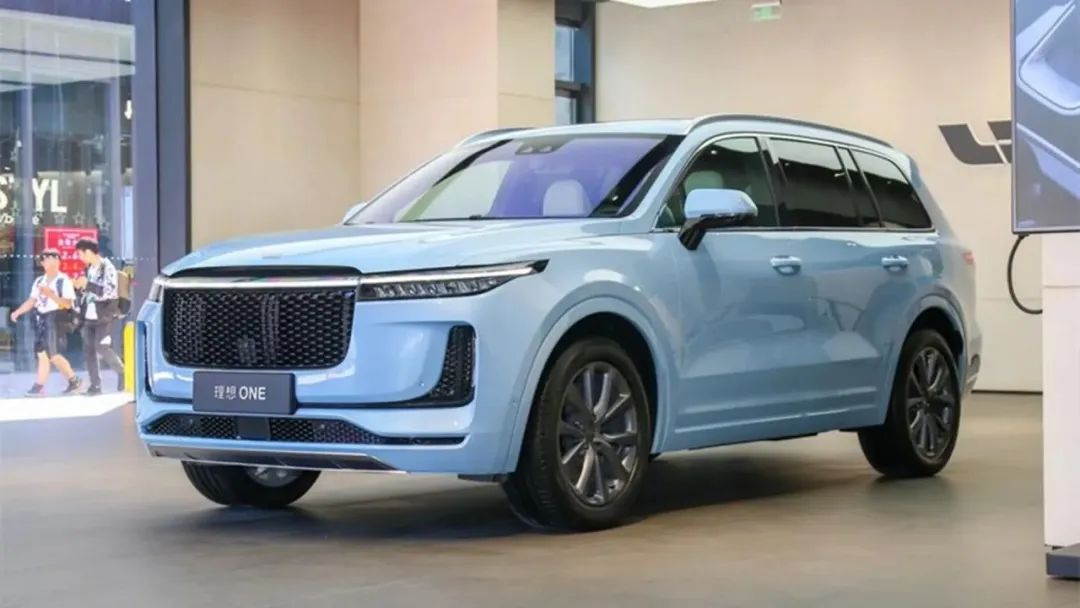
It has to be said that Ideal ONE has opened a new category, a middle-class ideal product that is both fuel-efficient and electric, can accommodate the whole family, is smart and convenient. Ideal ONE offers family users space, intelligence, configuration, low cost, and a green license plate, while the all-in-one price is only around 300,000 RMB. In the face of this price, a three-cylinder engine is no longer a big deal.
The secret to Ideal ONE’s success is as easy as winning the game of Mahjong – no other brand at that time could make the same product. However, over time, Ideal’s “unique” approach is unlikely to become an evergreen and invincible solution, and it may instead hand over the baton to later entrants.
WENJIE M7 now picks up the baton and sharpens the blade.
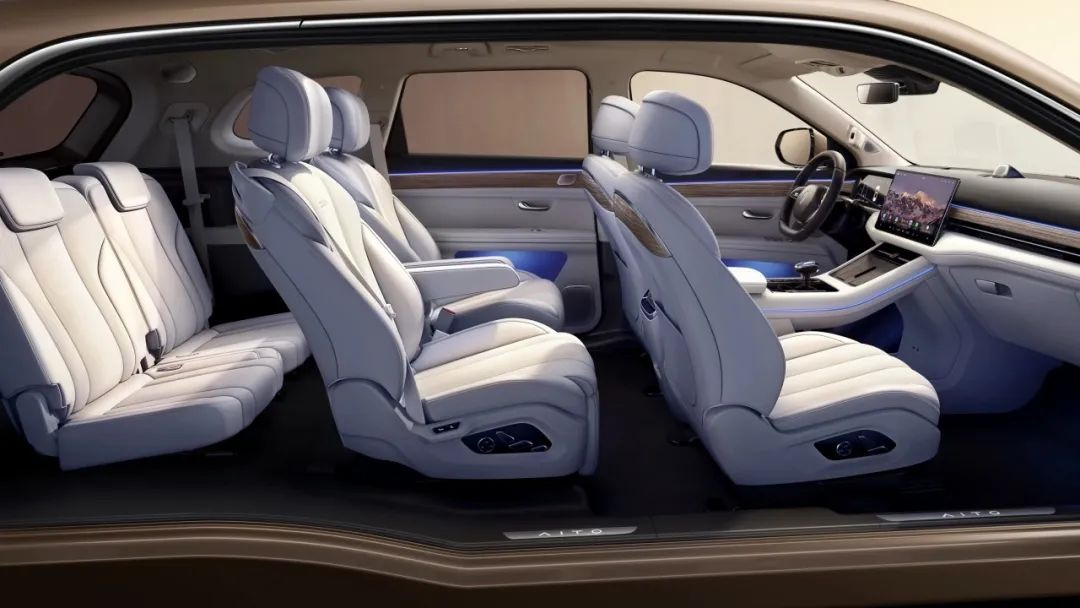
In terms of size, the two are similar in appearance. Although Ideal ONE has the advantage in wheelbase, WENJIE M7 has gained a comparative legroom in the third row by redesigning the rear suspension structure. In actual experience, they are similar in performance and can provide a decent comfort for middle and short-distance passengers in the third row.
In terms of smart cabins, WENJIE M7’s Hongmeng ecology allows seamless flow between car, home, and people, and the system’s smoothness is among the best in smart cars.As a crucial aspect of family cars, driving assistance is still a top priority for the new forces in the automotive industry, such as Idealseat with its cutting-edge technology. With the self-developed NOA navigation assisted driving system, which is based on the full-stack technology and equipped with the Horizon Journey 3 chip, a certain degree of guidance and assistance could be implemented on the high-precision mapped road segments along the route.
The WENJIE M7 adopts Bosch’s turnkey solution, which is relatively basic in terms of functionality, but let’s be honest, many consumers who are interested in intelligent electric vehicles are not located in the complex and changing traffic conditions of big cities. They hope that these types of infrequently-used configurations can be safe as a backup, so that the remaining budget can be used to improve other experiences. Isn’t that more enjoyable?
Therefore, it is really difficult to determine who can capture the users’ hearts more in this aspect.
Last Words
The discussions surrounding the WENJIE M7 always involve grand and expansive theories. After all, people’s emotions about Huawei soaring into the world are difficult to suppress and have been somewhat reflected.
However, Huawei has already shaken off the dust and quickly grasped the preferences of the automotive consumer market using the methodology it has accumulated in the electronic consumer market. If the WENJIE M5, as a pilot project, demonstrated Huawei’s high degree of completion in the car-making business, then the WENJIE M7, as an advanced project, demonstrated Huawei’s accurate understanding of car users and the utilization of all resources to explore the battlements that friend manufacturers cannot overcome.
When the production capacity of the Two Rivers Smart Factory is fully ramped up, this battlement will become a trench that rewrites the future landscape.
This article is a translation by ChatGPT of a Chinese report from 42HOW. If you have any questions about it, please email bd@42how.com.
